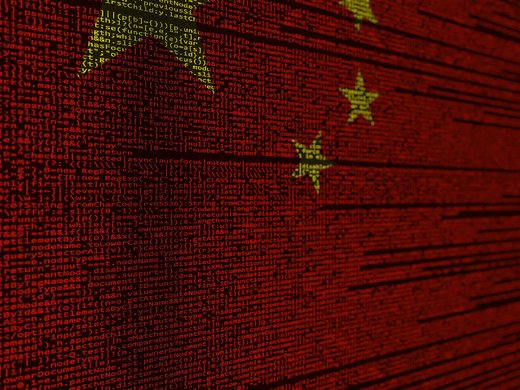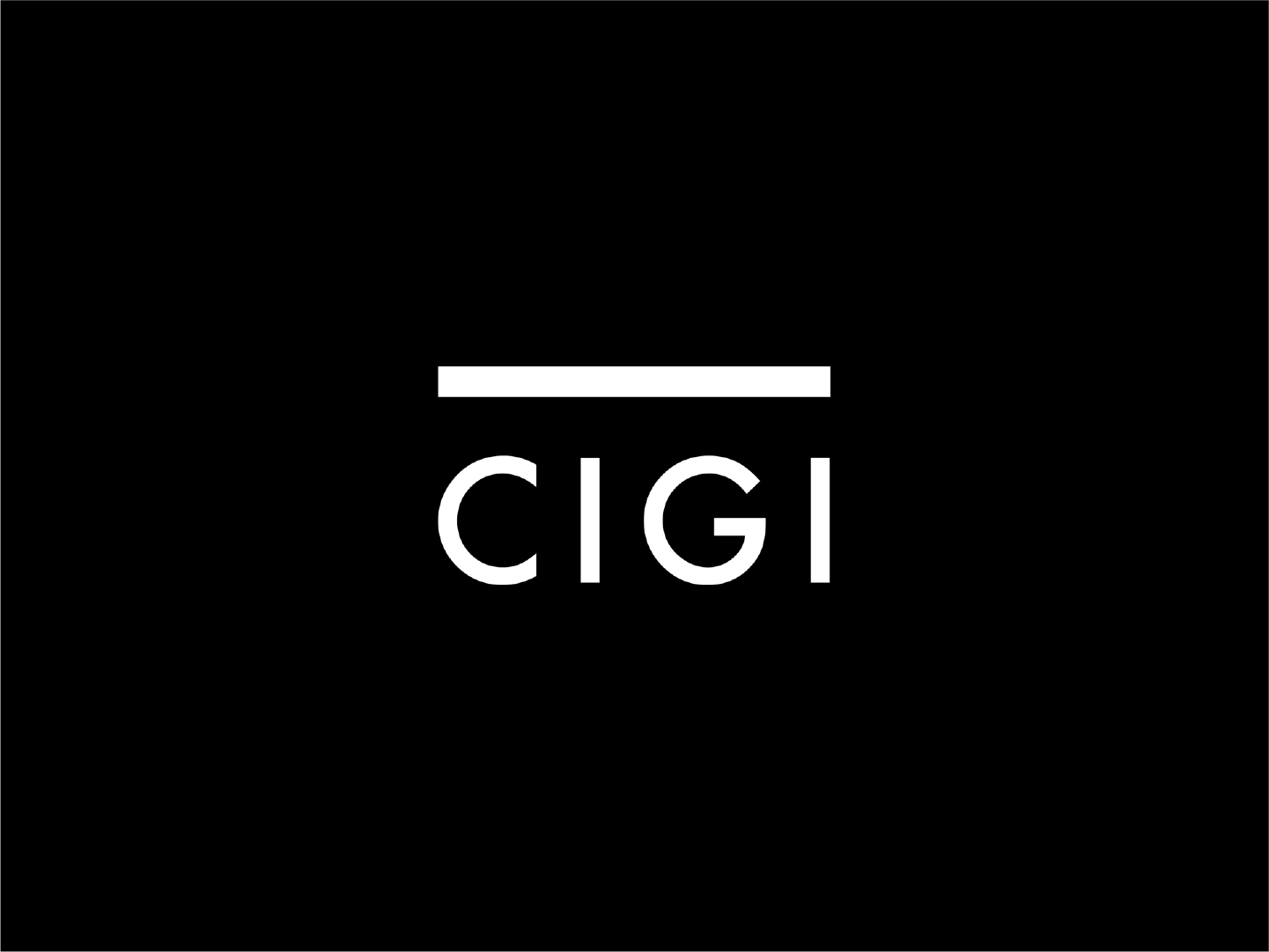A field with its roots established in the 1950s, artificial intelligence (AI) is suddenly much more in the public eye and capable of doing useful things for casual users as well as experts. Its rollout over the coming decade could be a very big deal indeed. To achieve broad welfare gains and global participation in the AI economy, stakeholders — producers, suppliers, consumers, researchers, regulators and others — will need a safe and trustworthy business environment that facilitates responsible access and technology diffusion.
In this paper, the author examines the concentration of AI innovation and considers factors in the regulatory environment that may support or hinder its responsible diffusion in line with applicable international norms. The paper aims to add to the literature on AI innovation and its diffusion by delivering analysis drawing on a unique combination of firm-level data sources and policy indicators.


